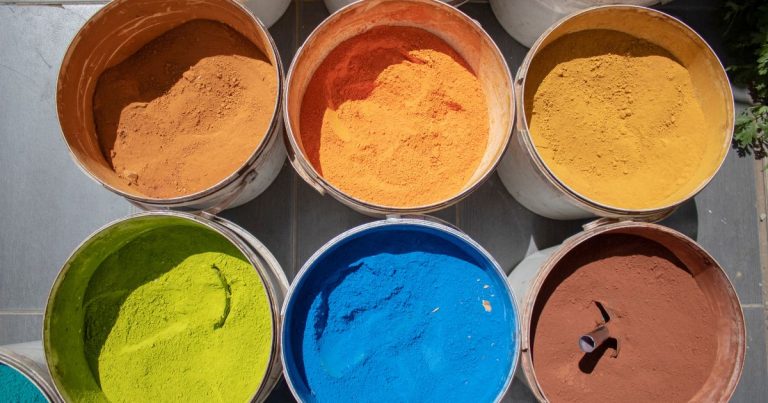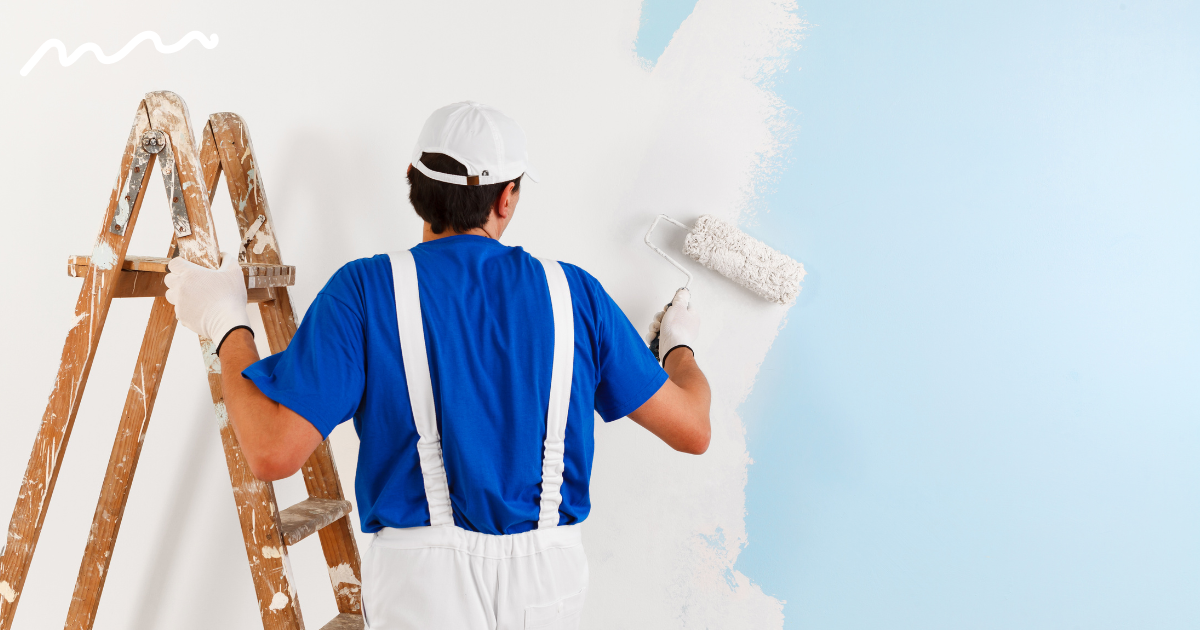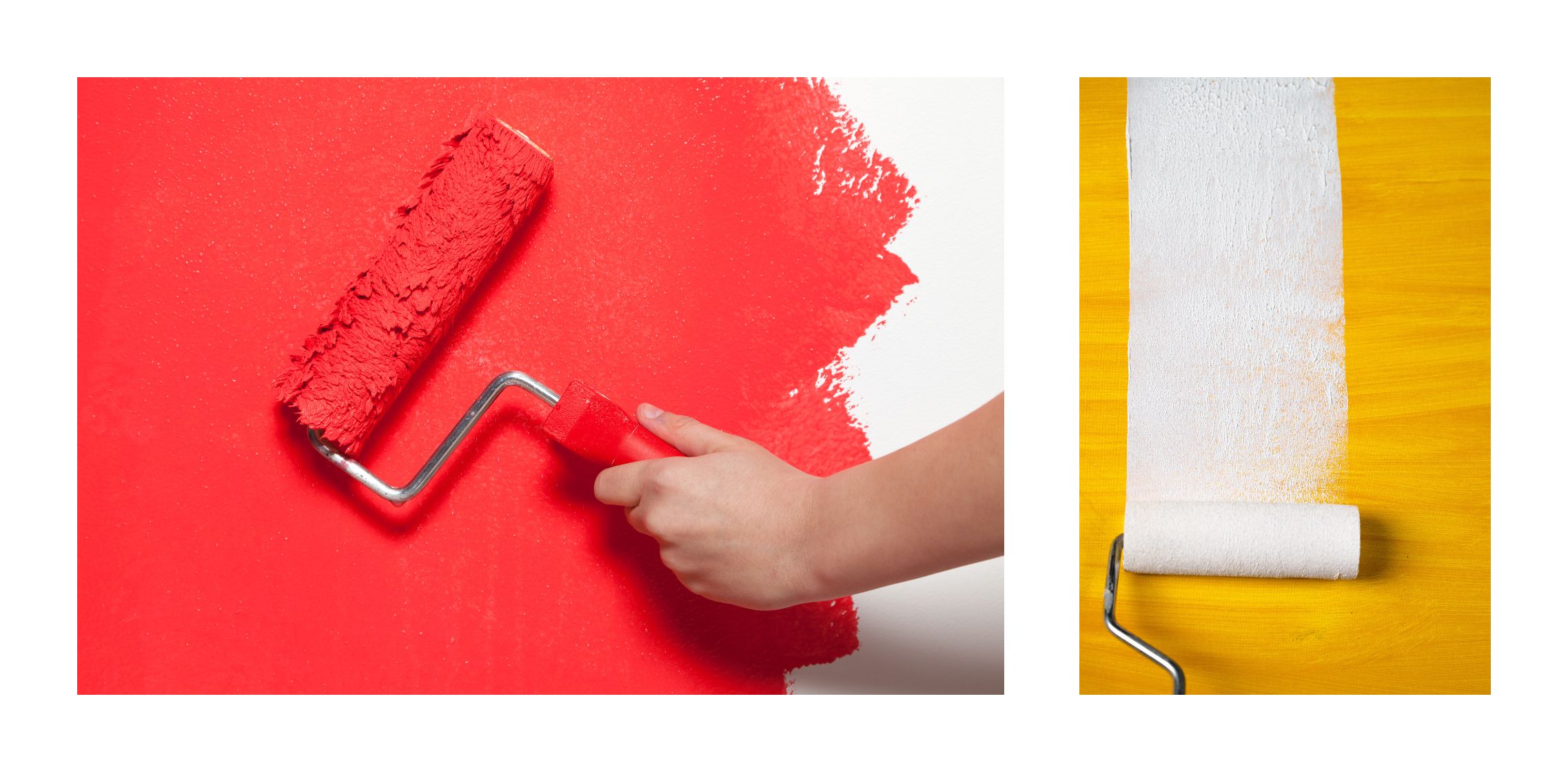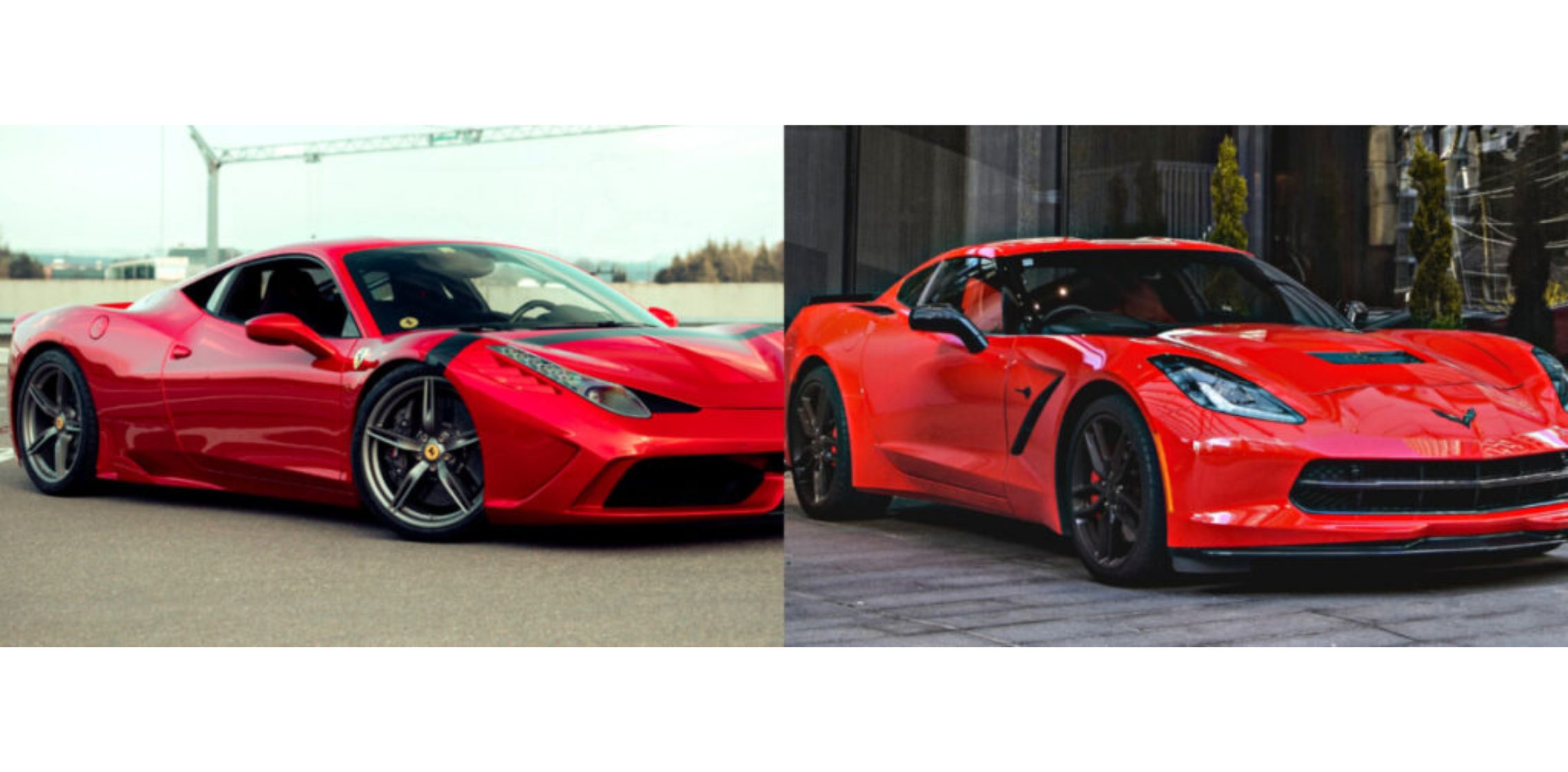Paint and dye are both used to add color to materials, but they are applied in different ways and have different properties. Paint is a pigmented material that is applied to a surface in a liquid form and then dries to form a solid film. Dye is a colored substance that is dissolved in a liquid and then absorbed by the material it is applied to.
There are a few key differences between paint and dye. For one, paint is typically thicker than dye, which can give it a more opaque look. Dye is also typically more vibrant and can be used to achieve brighter colors.
When it comes to colorfastness, dye is typically more colorfast than paint, meaning it will hold up better over time without fading. Finally, when it comes to laundering, dye is typically more colorfast than paint, meaning it can withstand more washings without fading.
Can you use paint as dye?
Paint is a type of pigment, which is a material that absorbs light and reflects color. Unlike dyes, which are soluble in water, paint pigments are insoluble and must be ground into a fine powder before they can be used. Pigments have been used for centuries to add color to paint, inks, and other materials.
In the past, natural pigments were derived from minerals, plants, and animals. Today, most pigments are synthetic, which means they are created in a laboratory. Paint pigments generally fall into one of two categories: organic or inorganic.
Organic pigments are made from carbon-based materials, while inorganic pigments are derived from minerals or metals. Organic pigments are typically brighter and more vibrant than inorganic pigments. However, they are also more expensive and can be less stable, meaning they may fade over time.
Inorganic pigments, on the other hand, are usually more stable and durable, but they can appear duller. So, can you use paint as a dye? While paint pigments can be used to add color to fabric, they are not the same as dyes.
Dyes are water-soluble, while paint pigments are not. This means that the color from paint pigments will not bleed or run when it comes into contact with water.
What is the difference between fabric paint and dye?
There are a few key differences between fabric paint and dye that you should be aware of before starting your next fabric project. Fabric paint is typically thicker than dye, which can give it a more opaque, matte finish. Dye, on the other hand, soaks into the fabric more and results in a more transparent, vibrant color.
Fabric paint is also usually more expensive than dye and can be more difficult to find in stores. However, it can be easier to use than dye, especially for beginners. So, which should you use for your project?
It really depends on the look you’re going for. If you want bold, opaque color, then fabric paint is the way to go. But if you want a more subtle, muted color, then dye is the better choice.
Have you ever used fabric paint or dye? What was your experience?
What is the difference between paint and dye between pigment and dye?
The pigment is a dry colorant that is usually ground into a powder and then mixed with a binder to create paint. Dye is a liquid colorant that is used to color textile fibers, leather, wood, or other materials. The major difference between pigments and dyes is that pigments are insoluble in water, while dyes are soluble.
What is dye in paint?
Dye is a substance that imparts color to a material. It is typically used as a pigment in paint, but can also be used to color other materials, such as fabric or glass. There are two main types of dyes: natural and synthetic.
Natural dyes are derived from plants or animals, while synthetic dyes are created in a laboratory. Dyes are usually applied to materials in a liquid form, and then the material is allowed to dry. The color of the dye will typically become more intense as it dries.
Dye can also be applied in a powder form, which is then dissolved in a solvent before being applied to the material. Paint is a type of coating that is applied to a surface in order to protect it from the elements or to give it the desired color. Paint is typically made up of a pigment, which is a colorant, and a binder, which helps to hold the pigment in place.
Dye can be used as a pigment in paint, and is often used to create brightly-colored paints. Dye is also used in fabric printing, and is responsible for the vibrant colors in many printed fabrics. The dye is applied to the fabric in a pattern, and then the fabric is cured, typically with heat or UV light.
This sets the dye in the fabric so that it will not fade or wash away over time.
Difference between paint and pigment
Paint and pigment may seem like they are interchangeable terms, but there is a big difference between the two. Paint is a mixture of pigment and a binding agent, while the pigment is just the coloring agent. This means that paint is thicker and more opaque than pigment, which is why it is often used to cover walls and other surfaces.
Pigment, on the other hand, is more concentrated and can be used to add color to a variety of different mediums.
Conclusion
Paint and dye are two terms that are often used interchangeably, but there is a big difference between the two. Paint is a pigment that is suspended in a liquid carrier and applied to a surface to create a solid coating. Dye, on the other hand, is a colorant that is dissolved in a liquid and absorbed by a substrate.
Paint can be applied to a variety of surfaces, including walls, wood, metal, and fabric. Dye is usually used on fabric, but can also be used on wood, hair, and other materials.
Can you use paint as dye?
Paint is a type of pigment, which is a material that absorbs light and reflects color. Unlike dyes, which are soluble in water, paint pigments are insoluble and must be ground into a fine powder before they can be used.
Pigments have been used for centuries to add color to paint, inks, and other materials. In the past, natural pigments were derived from minerals, plants, and animals. Today, most pigments are synthetic, which means they are created in a laboratory.
Paint pigments generally fall into one of two categories: organic or inorganic. Organic pigments are made from carbon-based materials, while inorganic pigments are derived from minerals or metals.
Organic pigments are typically brighter and more vibrant than inorganic pigments. However, they are also more expensive and can be less stable, meaning they may fade over time. Inorganic pigments, on the other hand, are usually more stable and durable, but they can appear duller.
So, can you use paint as dye? While paint pigments can be used to add color to fabric, they are not the same as dyes. Dyes are water-soluble, while paint pigments are not. This means that the color from paint pigments will not bleed or run when it comes into contact with water.
If you want to use paint to add color to fabric, you will need to”
What is the difference between fabric paint and dye?
There are a few key differences between fabric paint and dye that you should be aware of before starting your next fabric project.
Fabric paint is typically thicker than dye, which can give it a more opaque, matte finish. Dye, on the other hand, soaks into the fabric more and results in a more transparent, vibrant color.
Fabric paint is also usually more expensive than dye, and can be more difficult to find in stores. However, it can be easier to use than dye, especially for beginners.
So, which should you use for your project? It really depends on the look you’re going for. If you want a bold, opaque color, then fabric paint is the way to go. But if you want a more subtle, muted color, then dye is the better choice.
Have you ever used fabric paint or dye? What was your experience?
What is the difference between paint and dye between pigment and dye?
Pigment is a dry colorant which is usually ground into a powder and then mixed with a binder to create paint. Dye is a liquid colorant which is used to color textile fibers, leather, wood, or other materials. The major difference between pigments and dyes is that pigments are insoluble in water, while dyes are soluble.
What is dye in paint?
Dye is a substance that imparts color to a material. It is typically used as a pigment in paint, but can also be used to color other materials, such as fabric or glass. There are two main types of dyes: natural and synthetic. Natural dyes are derived from plants or animals, while synthetic dyes are created in a laboratory.
Dyes are usually applied to materials in a liquid form, and then the material is allowed to dry. The color of the dye will typically become more intense as it dries. Dye can also be applied in a powder form, which is then dissolved in a solvent before being applied to the material.
Paint is a type of coating that is applied to a surface in order to protect it from the elements or to give it a desired color. Paint is typically made up of a pigment, which is a colorant, and a binder, which helps to hold the pigment in place. Dye can be used as a pigment in paint, and is often used to create brightly-colored paints.
Dye is also used in fabric printing, and is responsible for the vibrant colors in many printed fabrics. The dye is applied to the fabric in a pattern, and then the fabric is cured, typically with heat or UV light. This sets the dye in the fabric, so that it will not fade or wash away over time.










